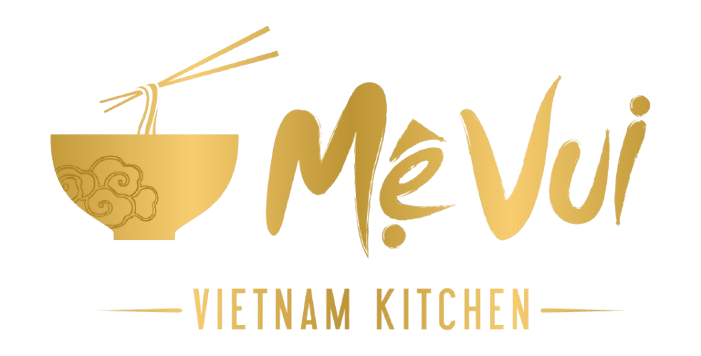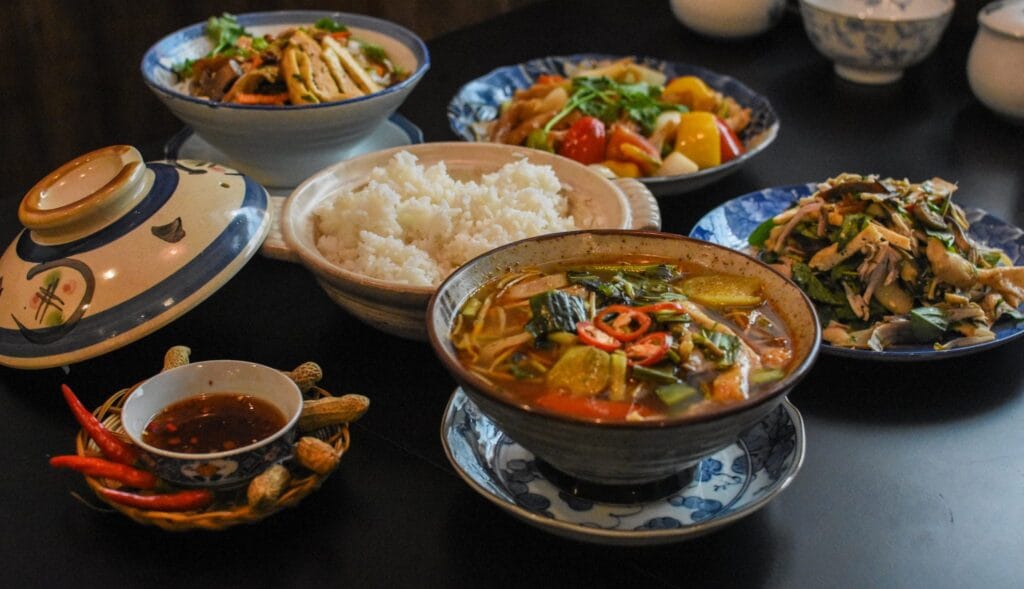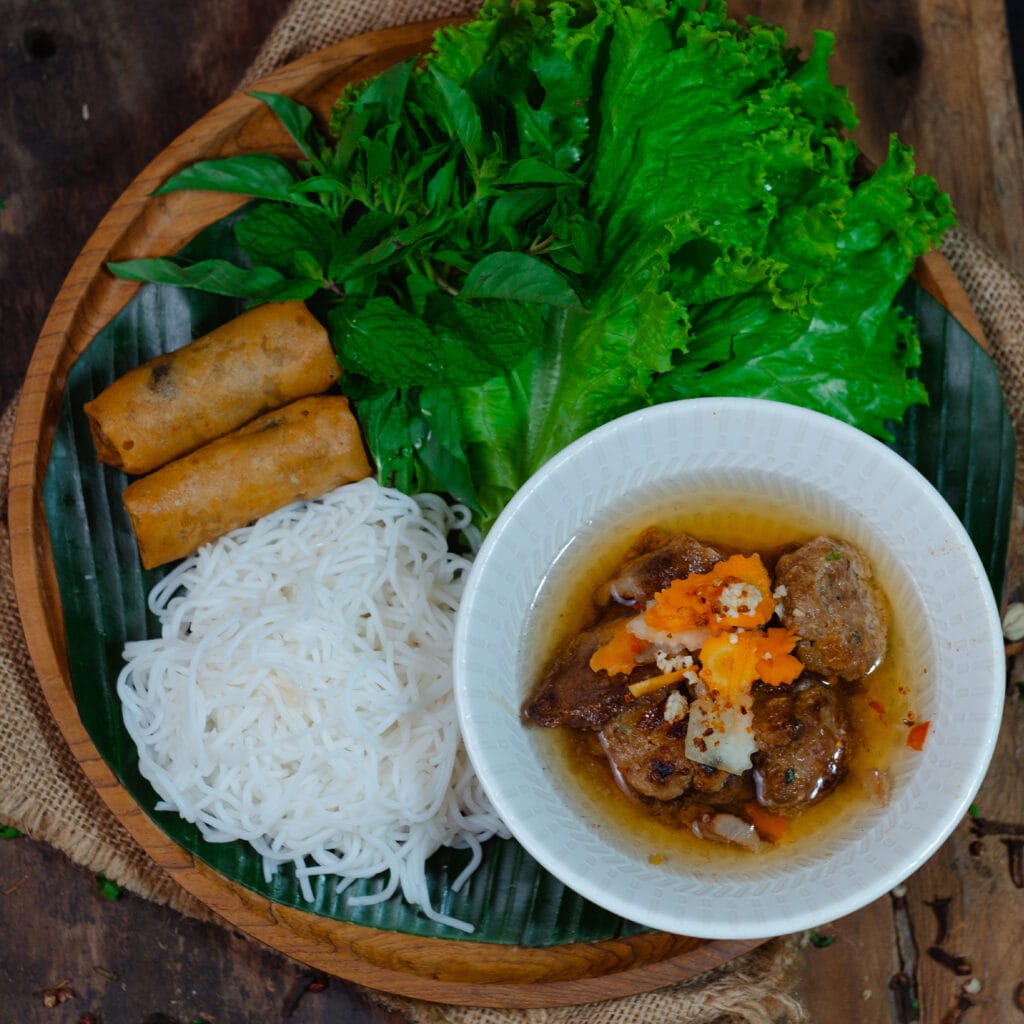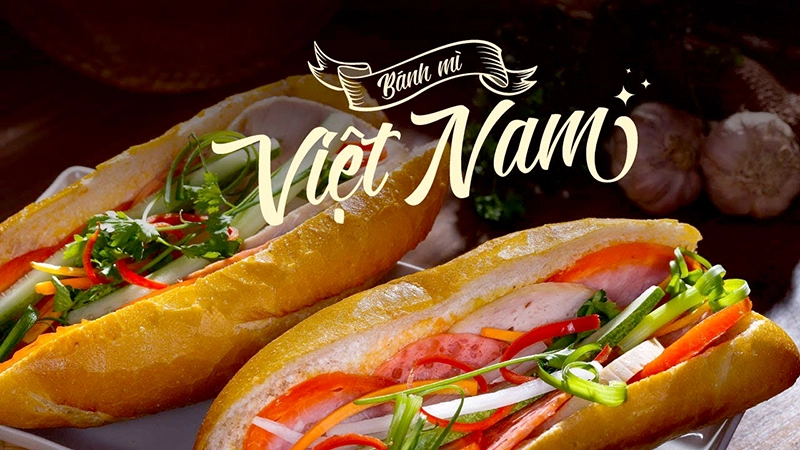Culinary culture is a natural cultural aspect that forms through daily life. For many ethnic groups and nations, cuisine is not only a material expression of culture but also a reflection of spiritual values. Through food, one can understand the cultural identity, moral values, and traditions of a people—including etiquette and customs in eating and drinking.
Whenever Vietnam is mentioned, its cuisine always comes up as an intriguing topic. Vietnamese cuisine is not just about food and recipes—it is a natural part of life and culture. It is known for its distinctive features such as: harmony, diversity, low in fat; rich in flavor through the sophisticated combination of various ingredients and spices to enhance the taste and appeal of each dish.
With a long-standing history and unique geographical characteristics, each region along Vietnam’s S-shaped land has its own distinct dishes and specialties that cannot be mistaken for others.
In this very first episode of “Exploring Cuisine,” we will dive into what Vietnamese cuisine is and the distinctive features of Vietnamese culinary culture.
What is Vietnamese Cuisine?
Vietnamese cuisine refers to the methods of food preparation, principles of flavor blending, and general eating habits of people across Vietnam. While there are regional and ethnic differences, the term broadly covers all common dishes found within the Vietnamese community.
Characteristics of Vietnamese Cuisine
Vietnam is an agricultural country located in a tropical monsoon region. The country is geographically divided into three main regions: North, Central, and South, and is home to 54 ethnic groups. These factors contribute to the unique culinary features of each region. Each region has its own culinary identity and preferences, making Vietnamese cuisine rich and diverse.
Vietnamese food culture incorporates a wide variety of vegetables (boiled, stir-fried, pickled, or raw) and soups (especially sour soups), while the use of animal-based proteins is generally more moderate. Commonly consumed meats include pork, beef, chicken, duck, and seafood like shrimp, fish, crab, snails, clams, and mussels.
Less common meats like dog, goat, turtle, snake, and soft-shell turtle are considered specialties and are usually consumed during gatherings or parties with alcohol. Vegetarian dishes, especially in Buddhist tradition, are also part of the cuisine, often made entirely from plant-based ingredients. However, strict vegetarianism is not widespread—mainly practiced by monks or people with health conditions.
Vietnamese people prioritize deliciousness in food, even if nutrition is not always the top concern. Therefore, Vietnamese cuisine often avoids overly complicated, slow-cooked techniques (like Chinese cuisine) or the aesthetically focused presentations of Japanese food. Instead, it emphasizes the subtle blending of spices to create flavor, even using chewy or crunchy ingredients (like bamboo shoots, chicken feet, or organ meats) for interesting textures.
In fact, many feel that Vietnamese food differs noticeably from other world cuisines: Chinese food is nutritious, Vietnamese food is flavorful, and Japanese food is visually appealing. However, these distinctions are gradually fading in the age of globalization.
According to historian Dr. Hãn Nguyên Nguyễn Nhã, Vietnamese cuisine has 9 key characteristics:
Harmony and Diversity
Vietnamese people are open to adopting culinary influences from other cultures, then localizing them. This diversity exists throughout the country, from North to South.Low in Fat
Vietnamese dishes are largely vegetable-based and low in oil or fat. Compared to Western or Chinese cuisine, Vietnamese food uses less meat and oil.Rich in Flavor
Vietnamese dishes are usually seasoned with fish sauce and a variety of spices, creating bold and distinctive flavors. Each dish often has its own corresponding dipping sauce.Balance of Ingredients and Flavors
Dishes often combine meat, seafood, vegetables, rice, beans, etc., and feature a harmony of flavors: sour, spicy, salty, sweet, nutty, and fatty.Delicious and Healthy
Ingredients are thoughtfully paired to balance the body’s yin and yang—e.g., cooling foods like duck or snails are cooked with warming herbs like ginger or Vietnamese coriander.Use of Chopsticks
Like some other Asian cultures, chopsticks are used in almost every dish. Even with grilled or stewed dishes, chopsticks are favored over Western-style forks. Mastering chopstick skills is considered an art.Community-Oriented
Communal dining is key in Vietnamese culture, often featuring a shared dipping sauce or dishes placed in the center for everyone.Hospitality
Vietnamese people traditionally invite others to eat before starting a meal. This reflects respect, affection, and a warm welcome.Served in a Tray or “Mâm”
Meals are usually served all at once, with various dishes presented on a tray or large serving plate, unlike the Western tradition of serving one course at a time.
Regional Vietnamese Cuisine
Northern Vietnam
Northern cuisine is known for its savory and balanced flavors—not as spicy, sweet, or fatty as other regions. It often uses diluted fish sauce and fermented shrimp paste, with many vegetable dishes and freshwater seafood like shrimp, crab, fish, clams, and mussels. Due to its agricultural history, meat-heavy dishes were less common in the past. Hanoi cuisine is often seen as a representative of Northern culinary excellence with famous dishes like pho, bun thang, bun cha, com Vong (green rice), and banh cuon Thanh Tri (steamed rice rolls), as well as iconic flavors like ca cuong essence and rau hung Lang (Lang basil).
Southern Vietnam
Southern cuisine leans toward sweet and sour flavors, heavily influenced by Chinese, Cambodian, and Thai cuisines. Sugar and coconut milk (both thick and thin) are often used. The South also boasts a variety of fermented foods such as mam ca sac, mam bo hoc, and mam ba khia. Seafood from salt and brackish waters is common, and the region is known for its rustic, frontier-style dishes, many of which are now regarded as delicacies: coconut-braised field rats, bat stew with fermented bean curd, snake porridge with mung beans, coconut worms, date worms, and more.



